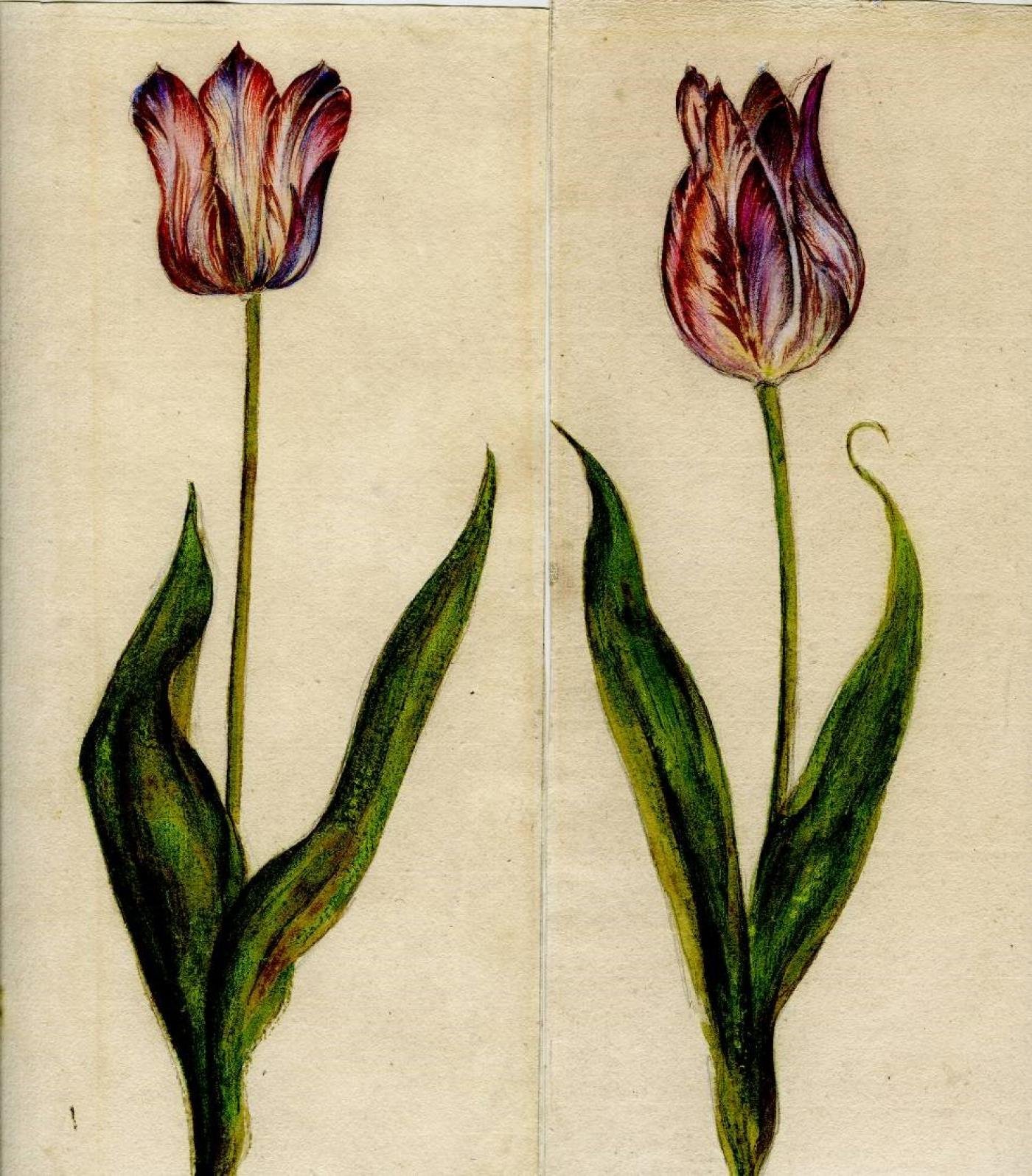
Tulip Mania (Like Hulk Mania but Tulips) / June 23, 2022


The highlight of working in a flower shop, for me at least, is processing the various flowers that come and go every day. Processing the flowers is crucial because although we utilize our local sources, we receive flowers from all over the world and commercial flowers are bred and engineered to be as hearty as possible. By the time we receive them, they’ve been out of water for over 24 hours and those babies are thirsty! Processing simply consists of putting flower food in buckets, cutting the flower stems at an angle, stripping any foliage that might be submerged under water and cause bacteria, and sorting each flower by variety. Some flowers are more fun to process than others and I have quickly figured out a way to ensure that I ALWAYS get to process my favorite flowers. As soon as each box is opened, my eyes do an immediate scan for: tulips. It doesn’t matter if there is one bunch of tulips or if there are a dozen bunches of tulips, I am processing them all. Some might call that obsessive behavior– I call it a gal knowing what she wants and going for it. And one thing I know for sure, I am not the first to experience a tulip frenzy of some sort. We can thank 17th-century Holland for paving the way on that.
Imagine mortgaging your home for a single tulip bulb. You can’t. Neither can I. But during the years of 1633 through 1637, people were doing just that. French botanist Carolus Clusius was one of the first to receive a tulip bulb and it wasn’t long until he began cultivating tulips in his garden at the University of Leiden. It should come as no shock that, of course, bulbs were stolen from his garden and therefore, paved the way for the tulip trade to begin. Once tulips were introduced to Dutch merchants in the late 1500s, they quickly became a symbol of status for the elite. What little fortune you had if you did not have a collection of your own tulips! In an attempt to keep up with the Jones’, people from lower classes also bought into the tulip mania. Merchants would pay insane prices for bulbs and then turn around and sell them for an even crazier price creating an unrealistic demand that caused people to buy bulbs under the pretense of paying at a future date. They mortgaged their homes and businesses in order to do so under the notion that prices for tulips would only increase with time. Let me also remind you that these bulbs only produced flowers for about a week. But like George Harrison says, “all things must pass,” and the prices for tulips fell quicker than the rate at which these prices skyrocketed. Merchants that mortgaged their homes and businesses that banked on selling the excess tulip bulbs no longer had a market willing to pay extreme prices causing many to have to liquidate their inventory and declare bankruptcy while doing so. This would not be the last bubble the Dutch would face, but it is considered to be the first economic bubble and is still used as an example of economic bubbles in economy classes today. Maybe I don’t seem so crazy now for being possessive over processing all of the tulips.
If you’re still here, I guess I should introduce the voice behind the article. My name is Madison and I am the Flower Traffic Controller here at FLWR. While I am new to the floral industry, I am thoroughly enjoying all the flower things and hope to continue to shed some light on what we’re doing over here and what we’re passionate about!








